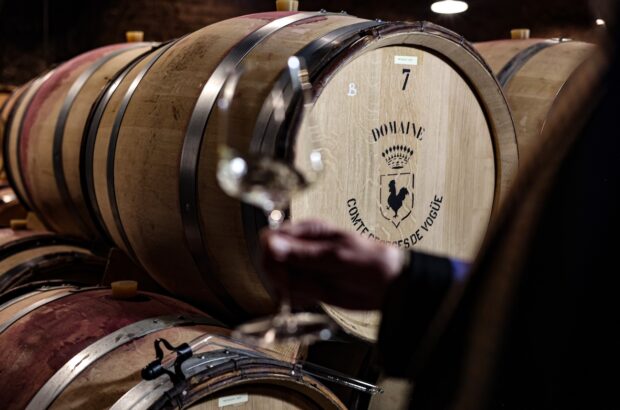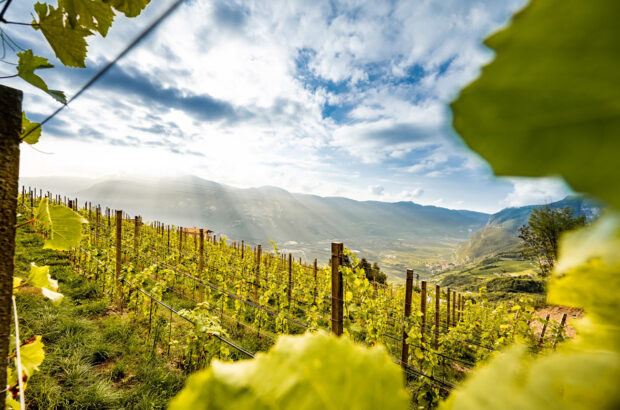While Sake is brewed from rice and water in a process more similar to beer than wine, the diversity of styles and complexity of flavours in Sake can be fascinating terrain for wine lovers to navigate.
Choosing Sake can be nerve-wracking, even for Japanese consumers who can decipher complicated labels. By familiarising themselves with just a few key terms and the bare basics of how Sake is produced, however, anyone can readily identify key styles, flavour profiles and qualities.
In a nutshell, all Sake is made from four basic ingredients – rice, water, yeast and koji, a rice-derived mould that triggers the breakdown of starch to sugar in fermentation.
Futsushu (普通酒), a generic term for alcoholic beverages, refers to a basic category of Sake that’s not required to adhere to regulations specifying rice varieties or grades, or the use of additives like distilled alcohol and flavourings. Futsushu is typically sold in bulk in grocery stores or served by the glass in casual restaurants. Particularly when produced by outstanding brewers, however, Futsushu offers exceptional value for well-made, everyday Sake.
All premium Sake can be broken down into two main categories, Junmai (純米), meaning pure rice Sake made with no further ingredients, or non-Junmai Sake made with the addition of distilled alcohol.
Sake purists often insist on Junmai Sake for the richness of texture and flavour a pure-rice brew affords. Junmai tends to have a lusciousness on the palate and a delightfully silken cling on the finish. Aromatically, Junmai can vary from bright and fruity to savoury aromas of freshly steamed rice and earth but generally, they’re nuanced and elegant rather than aggressive.
Anything not labelled as Junmai is typically made with added distilled alcohol. It’s easy to dismiss adding alcohol to Sake as a cost-saving measure to stretch the production of Sake or boost finished alcohol levels. But most modern brewers add alcohol to fine-tune a Sake’s aroma and flavours. Adding alcohol gives a lift to fruity, floral aromas and adds sharpness to the palate. Compared to softer, subtler Junmai Sake, non-Junmai Sake is typically brisk and thirst-quenching in style.
Sake is made from whole grains of rice that are milled down to hone in on the Shinpaku (心白) – the starchy, flavourful heart of each rice grain. The more rice is milled away, the more expensive it is to produce Sake. This is why the quality of Sake is classified by its Seimaibuai (精米歩合), the percentage of rice remaining after milling in relation to its original size.
Generally, the more rice is milled, the more aromatic, fruity and delicate in texture the Sake will be. Rice that is milled less tends to yield more savoury or robust styles of Sake with complexities of rice or earth rather than primary fruit.
At the base of the premium Sake category is Honjozo (本醸造), typically a crisp, easy-drinking style of Sake. Honjozo is made with up to 10% of additional distilled alcohol and produced from rice with a Seimaibuai of 70% or less, meaning no more than 70% of the rice remains after milling. Minimally milled for premium Sake, Honjozo is often pleasantly ‘ricey’ or neutral in flavour profile without lavishly perfumed aromatics.
With more milling, Ginjo (吟醸) or Junmai Ginjo (純米吟醸) Sake, made from rice milled to 60% or less of the original grain, tend to offer more concentrated fruit and floral flavours, richer perfume and a delicacy of texture.
At the top of the hierarchy are Daiginjo (大吟醸) and Junmai Daiginjo (純米大吟醸) Sake – in essence, super-Ginjo Sake made from rice maintaining 50% or less of its original grain. Often explosively fruity and ebulliently perfumed, modern Daiginjo and Junmai Daiginjo have become enormously popular, particularly with wine drinkers and newer Sake enthusiasts in export markets.
Fierce competition to produce increasingly premium Daiginjo and Junmai Daiginjo has prompted a veritable milling war among top producers, each boasting Seimaibuai in the single digits. For most experienced Sake drinkers, however, Seimaibuai is less an indicator of actual quality, rather than an indicator of the style of Sake produced.
Unlike wine, Sake can be served at essentially any temperature. From Mizore-shu (みぞれ酒), a brain-freezing slushie of a Sake to a scalding Tobikiri-kan (飛び切り燗), there’s a different term in Japanese to describe Sake anywhere from roughly 0-55°C.
Subtle shifts in temperature can transform the aroma, flavour and texture of Sake. Fruit-focused, perfumed styles of Daiginjo are typically served at cool white-wine temperatures to maximise their fruity, floral aromas and flavours. Despite the myth that only cheap Sake should be heated, applying gentle heat can highlight flavours of umami and sweetness in a wide range of Sake. Most Junmai and almost all savoury or rustic styles of Sake (Honjozo or higher-acid Kimoto 生酛 and Yamahai 山廃) can be enjoyed at a full spectrum of temperatures.
Sampling different pours from a single bottle at room temperature, chilled and heated swiftly (never to a boil, but gently in a water bath or microwave, even) can be revelatory in experiencing the breadth and dexterity of Sake.
Nigori (濁り), or cloudy Sake, refers to hazy or even milk-hued Sake. Coarsely filtered to allow particles of rice to remain in the bottle, Nigori Sake is enjoyed for its pleasantly lactic mouthfeel and delicately fruity, yoghurt-laced flavours.
Sparkling Sake ranges from fun, delicately fizzy sips made with added carbon dioxide to more serious, traditional method-inspired sparklers refermented in the bottle. At its best, sparkling Sake can offer fine, persistent perlage (mousse) and a depth of flavour that extends from fruit and floral to mineral, pastry and earth.
As with wine, maturation under proper storage conditions can be transformative for good Sake. Koshu (古酒), not to be mistaken for the Koshu 甲州 wine, refers to Sake aged intentionally for a minimum of three years after bottling. Traditional, often amber-hued styles of Koshu can be enjoyed for their delicately sherried, pleasantly oxidative notes. More modern styles of Koshu matured in cold storage conditions are increasingly popular because they maintain the freshness of fruit while developing depth and weight on the palate.







